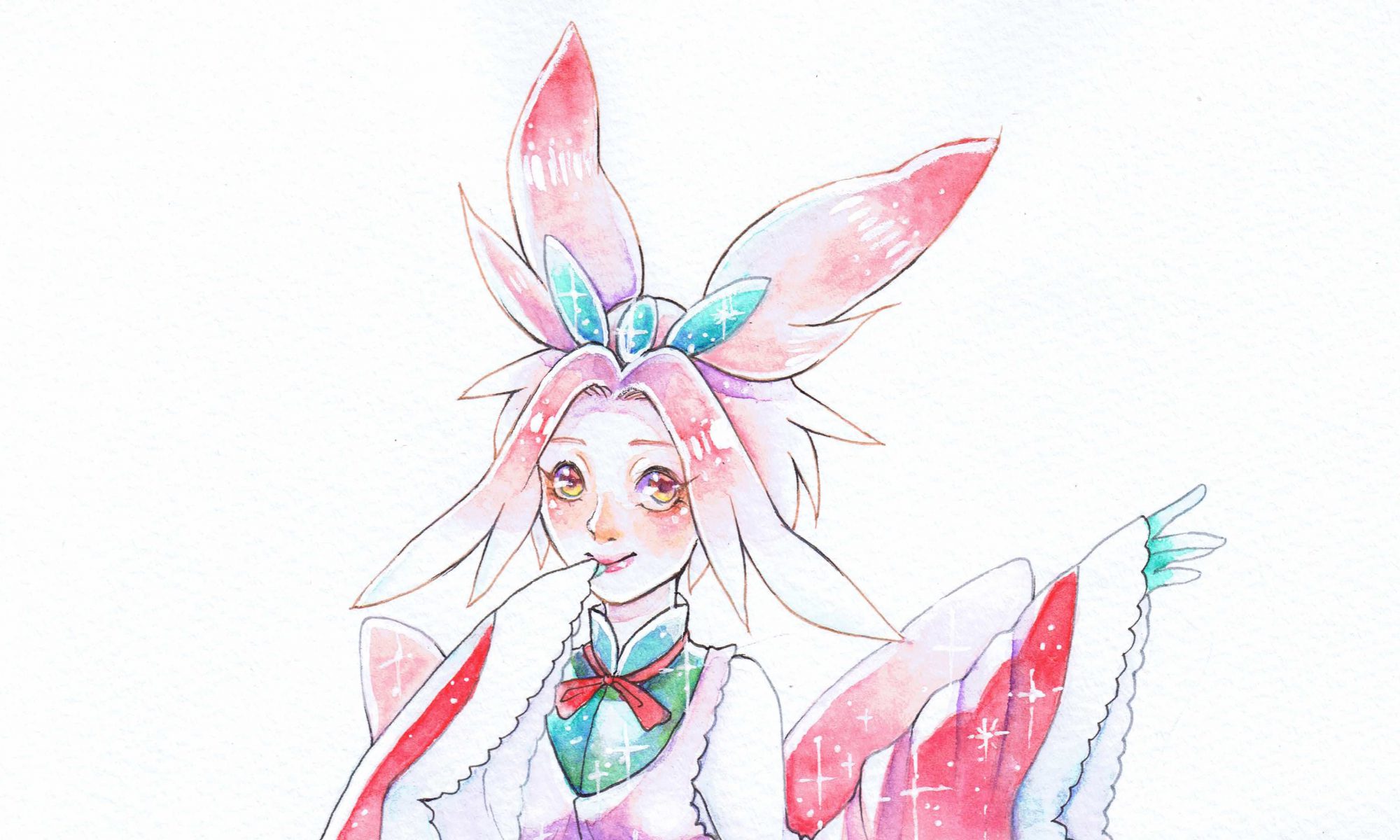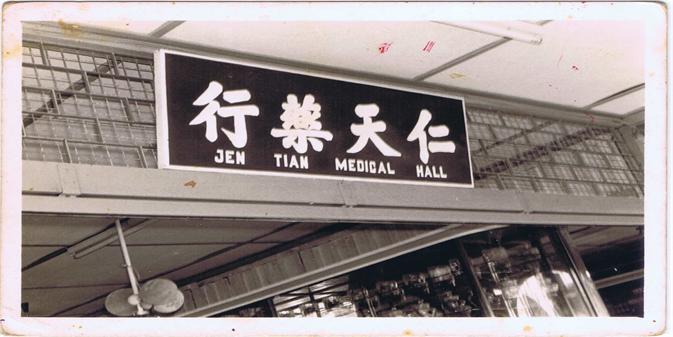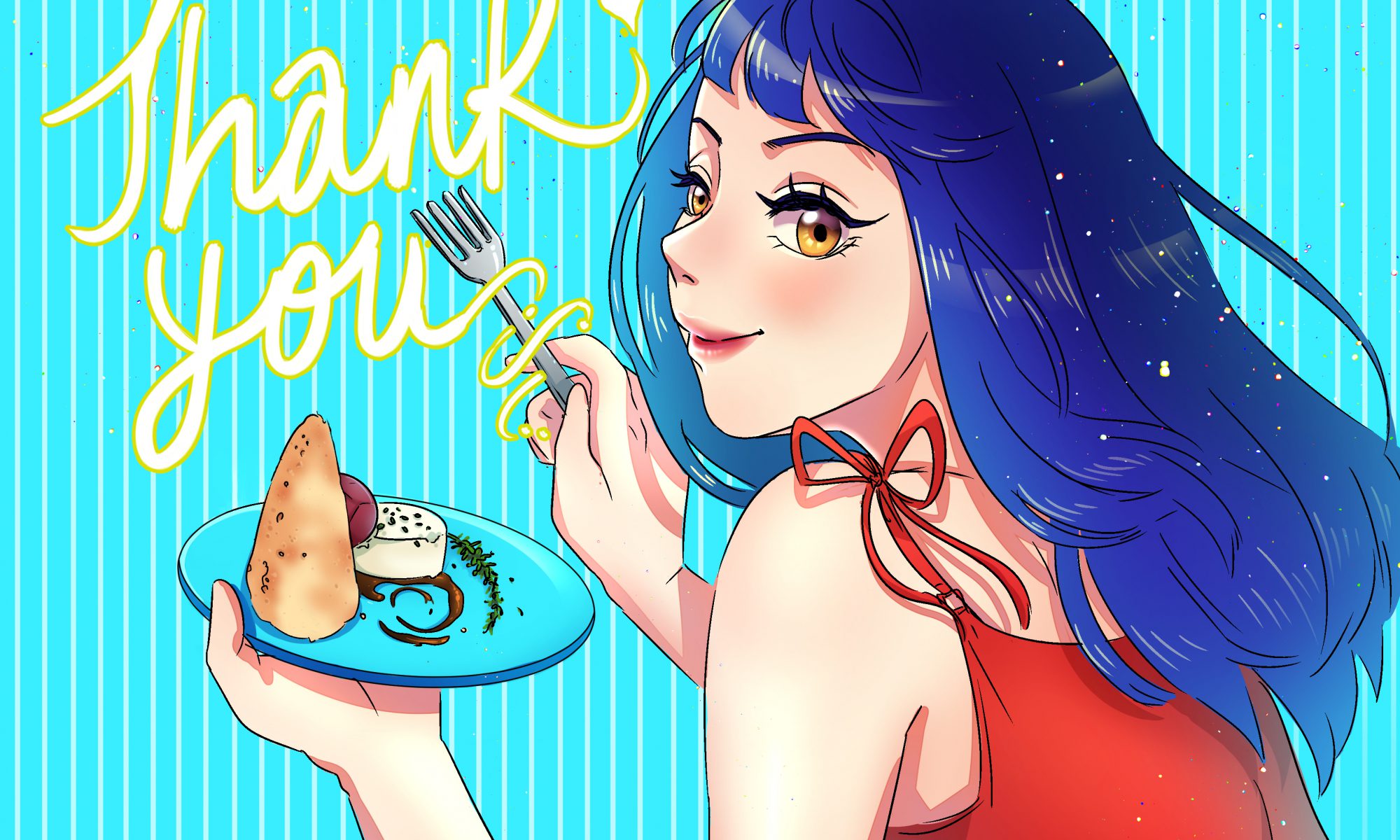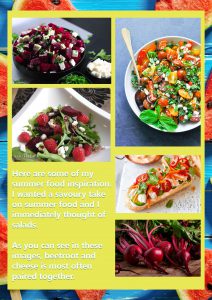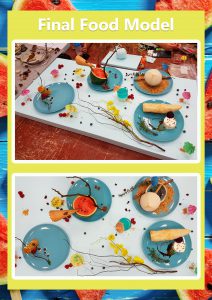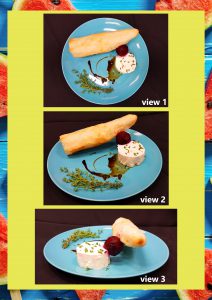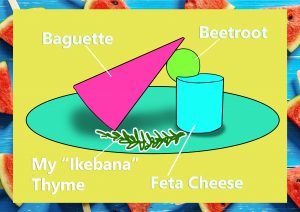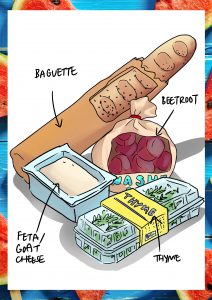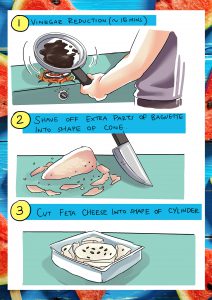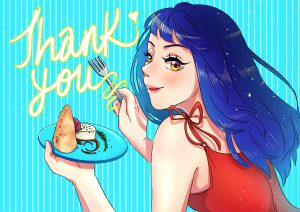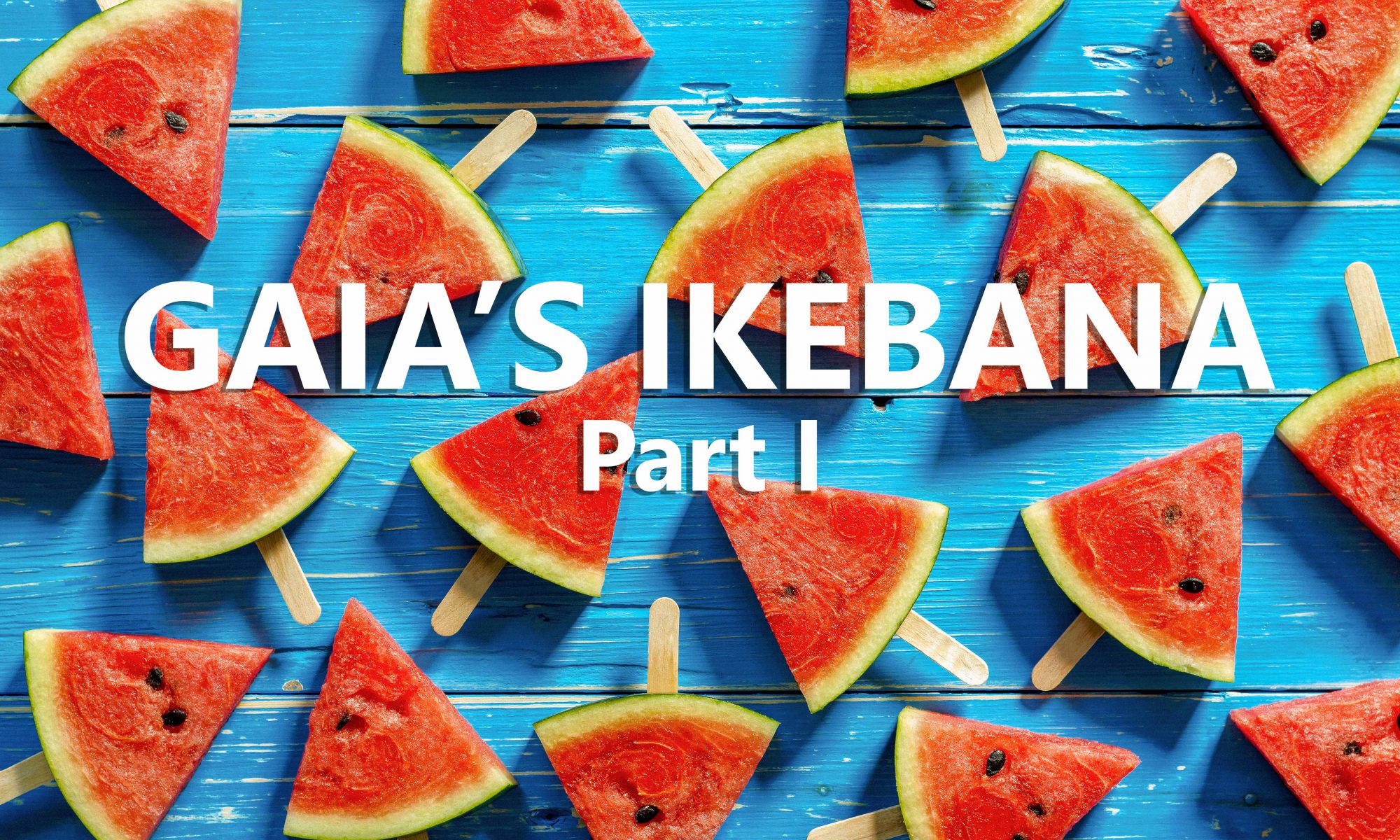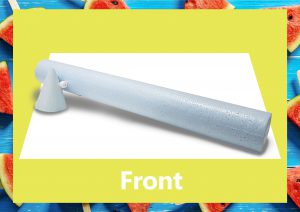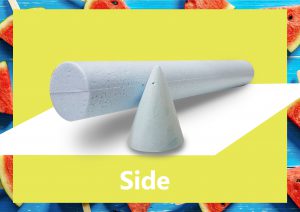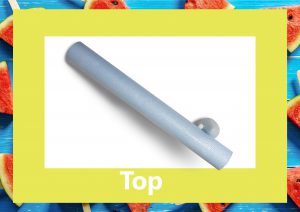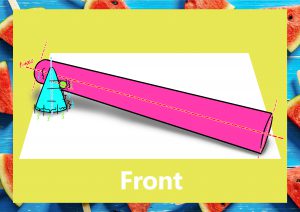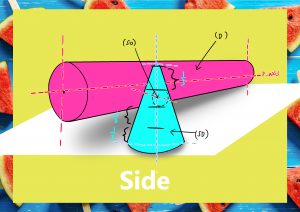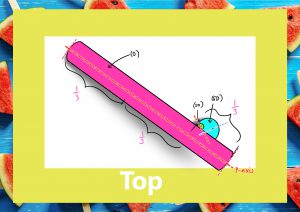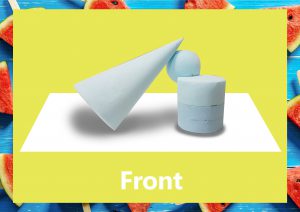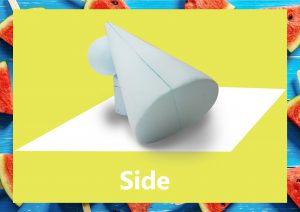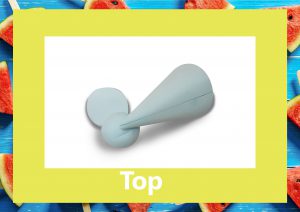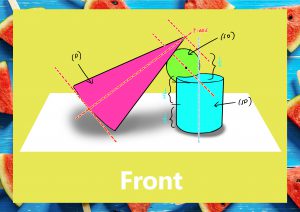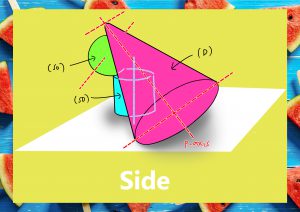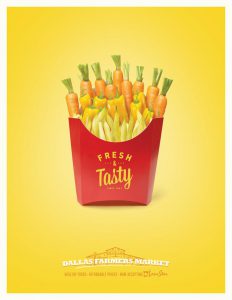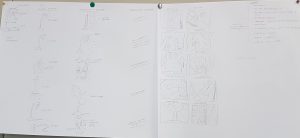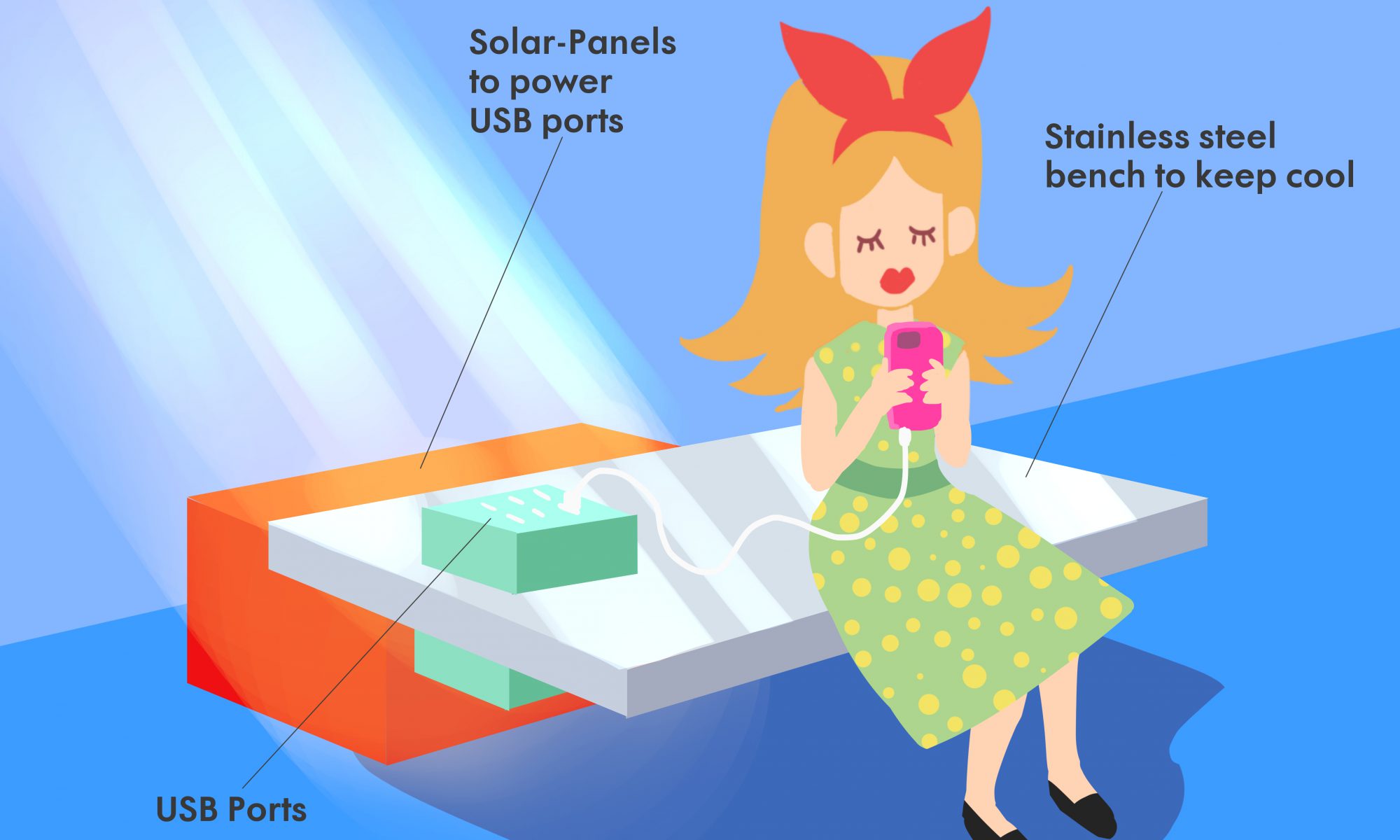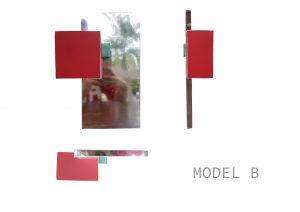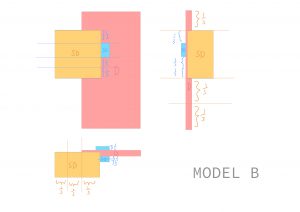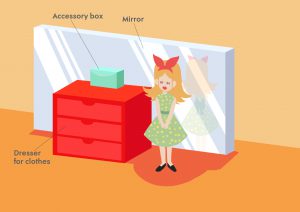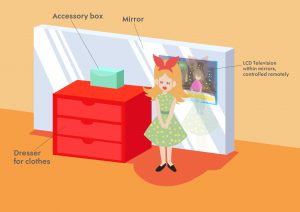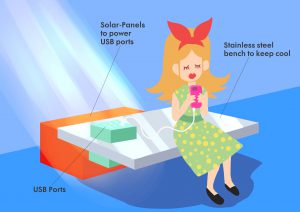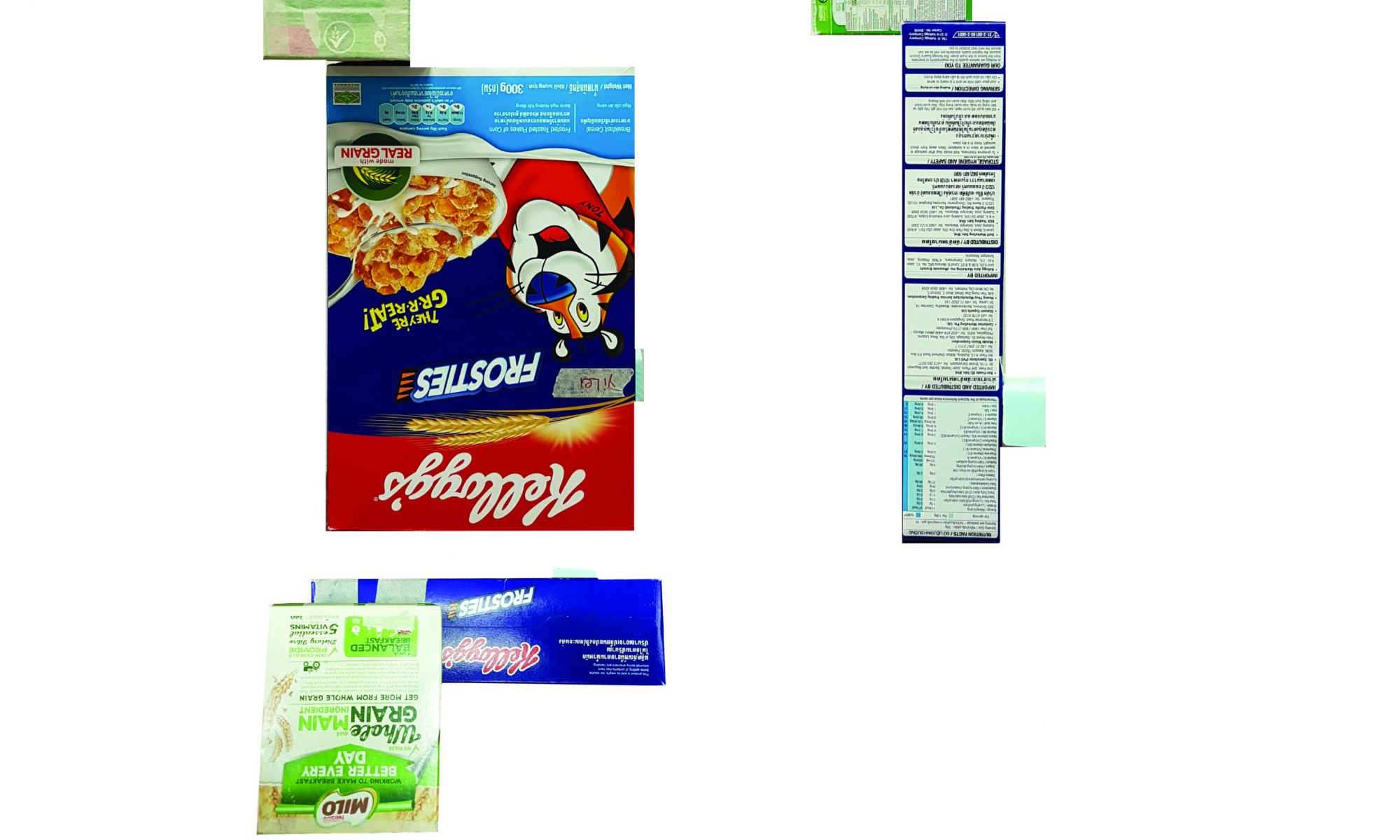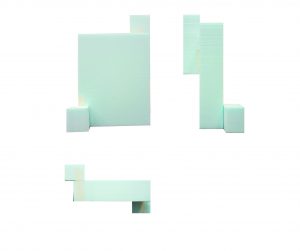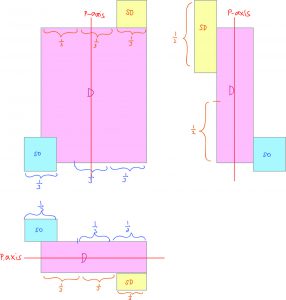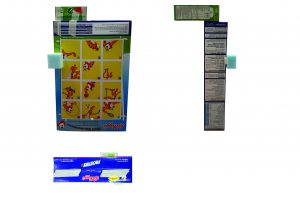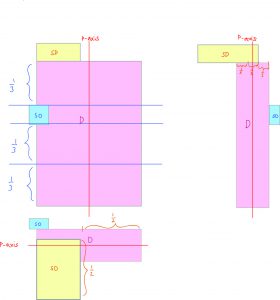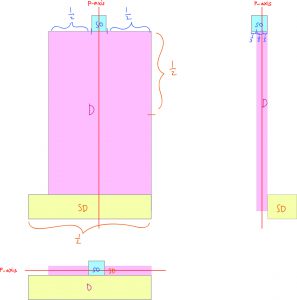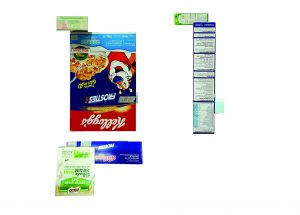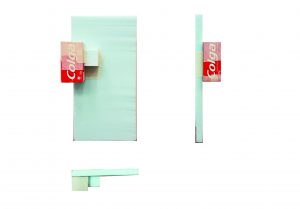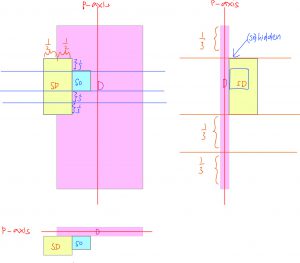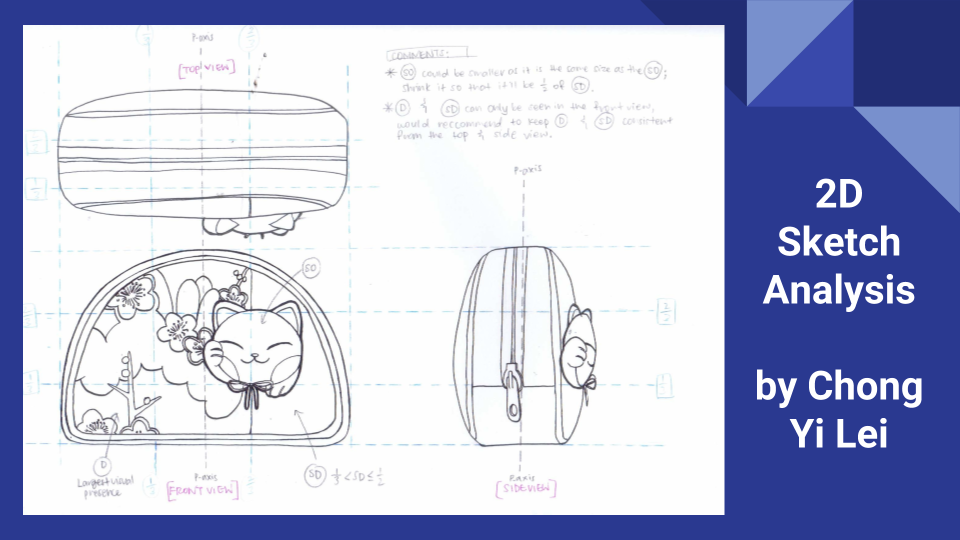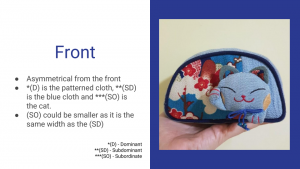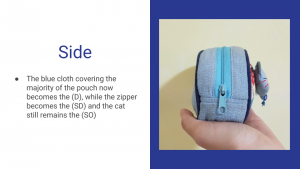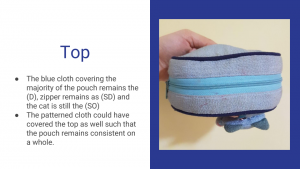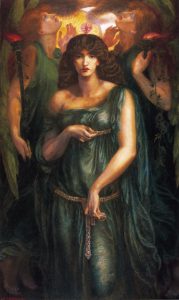
Astarte Syriaca by Dante Gabriel Rossetti
Mnemosyne, the Titaness of Memory, is among the 12 children of the first born gods, Uranus (Heaven) and Gaea (Earth). Remembrance was an important skill as there were no other predated way of recalling in Ancient Greece as language had not been developed at that point in time. Hence, Mnemosyne was credited to be the one who gave humans the ability to converse and reason.
It was said that when people crossed over to the Underworld of Hades after death, they were given the option to drink either from the River of Lethe, which causes people to lose their memory when they reincarnate as humans again to learn the values they needed, or to drink from the Spring of Mnemosyne, to remember all their painful memories of their lifetime and proceed to live happily for all eternity.
Mnemosyne is also known for her legacy for her motherhood of the 9 muses whom were all fathered by Zeus . He wanted people to remember his victory over the Titans and went to Mnemosyne disguised as a shepherd with the intention of seducing her for the 9 nights they spent together before heading back to Mount Olympus.
Research from: (click here please)
Mnemonic Devices are techniques used to help us remember things better. These techniques are crucial in helping different types of
Visual (spatial learners, prefers images and pictures),
Aural (musical learners, prefers use of sound and music),
Verbal (linguistic learners, prefers words like speech or writing) ,
Physical (kinesthetic learners, prefers use of body, hands, sense of touch), and
Logical (mathematical learners, prefers logic, reasoning and systems )
learners to retain information better.
Different types of learners research: (click here!)
Some of these techniques include:
Imagery
- The use of visuals can help us to retain pieces of information better by associating the information we want to remember with an image/character/object. Before researching on mnemonic devices, I still had trouble remembering how many days are there in all the 12 months of the year but with the image attached above, it’s easier to associate the higher archs (knuckles) to 31 days and the lower archs (between knuckles) as 30 days.
Rhymes

- Rhymes often have similar terminal sounds. Like in the attached image above, it shows how these words sound similar yet have vastly different meanings. Hence, they are easier to remember due to the acrostic coding in our brains.
Acronyms
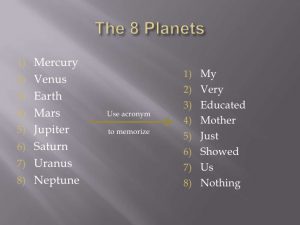
- An acronym is formed by using the first alphabet of every word that you want to memorise, and turning it into a phrase.
Olfactory
- Here, I’ve linked a video to explain how olfaction works in conjunction to taste.
Method of Loci
- Using location to remember certain information better. For instance, using landmarks to help remember information better on your way back home.
SCENTS
Pleasant Scent:
- Chinese Medical Halls. Specifically, my grandmother’s medical hall.
- I grew up practically in the Chinese medical hall my grandma used to own. To many people, they would shun away from it because they often find it too medicinal smelling but to me, it’s the smell of comfort.

Unpleasant Scent:
- Tea Tree Oil
- This happened just a few weeks back but I was dumb and didn’t know that you had to dilute tea tree oil in water before using it. Hence, I over-applied it topically and chemically burned my face. It was a hot blotchy mess and I now tea tree oil is dead to me (ok not really I’m exaggerating but you get my point)

(Cursed thing)
Mindmap of scents:

Recycled Plastic Art
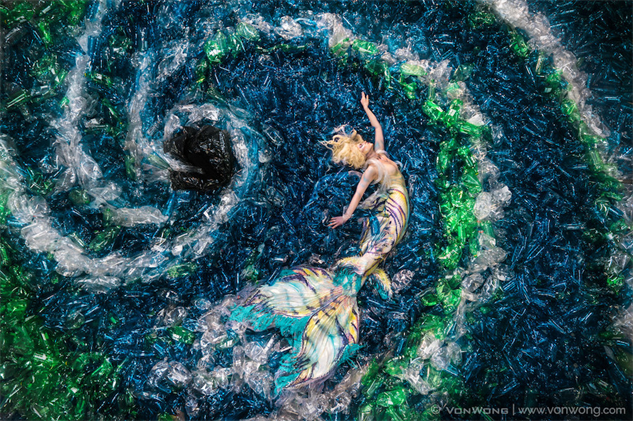
image from: https://www.pastemagazine.com/articles/2017/05/plastic-bottle-art.html
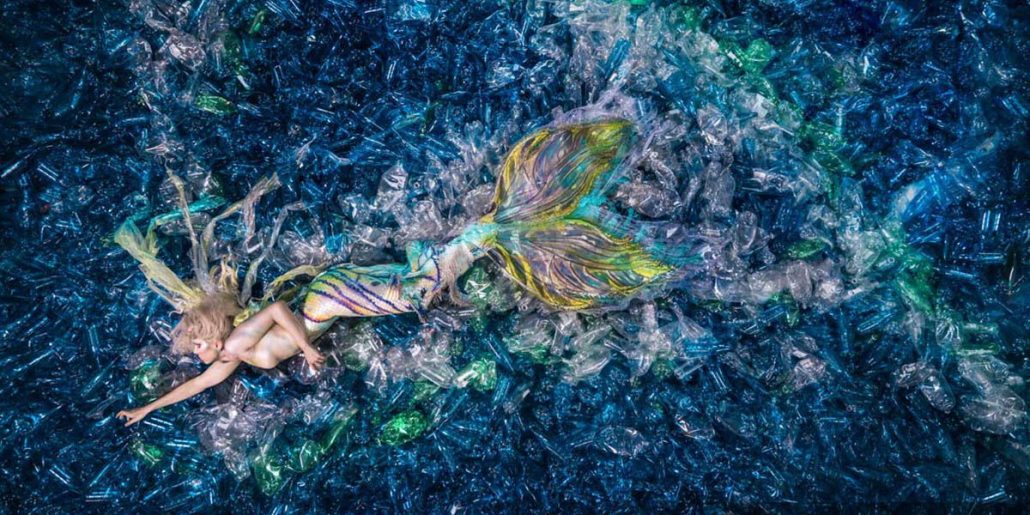
image from: https://fairsaturday.org/blog/sirenas-en-un-mar-de-plstico-y-fotos-que-conectan/

image from: https://mymodernmet.com/benjamin-von-wong-plastic-pollution-mermaids/
Mermaids Hate Plastic (2016) by Von Wong

image from: http://www.veronikarichterova.com/wp-content/uploads/2013/11/gallery_animal_96.jpg
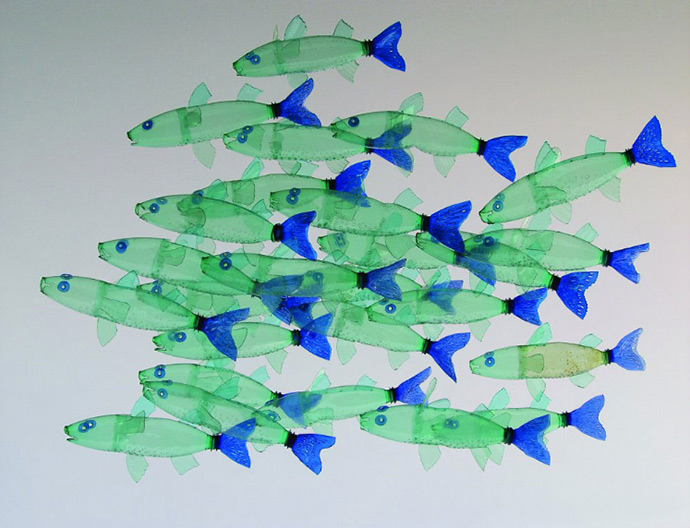
image from: https://www.handmadecharlotte.com/recycled-bottle-art-veronika-richterova/
